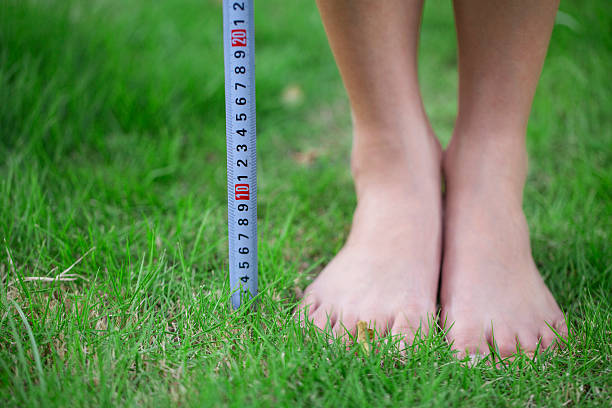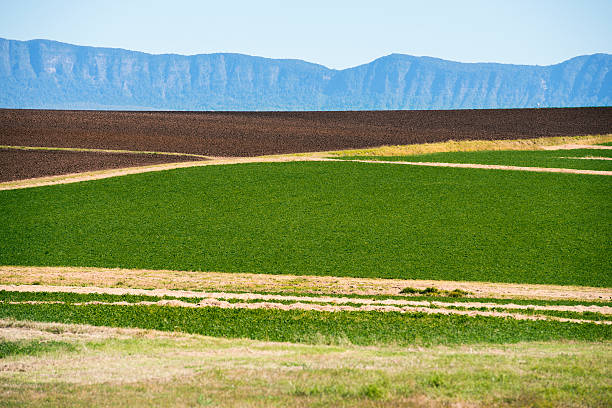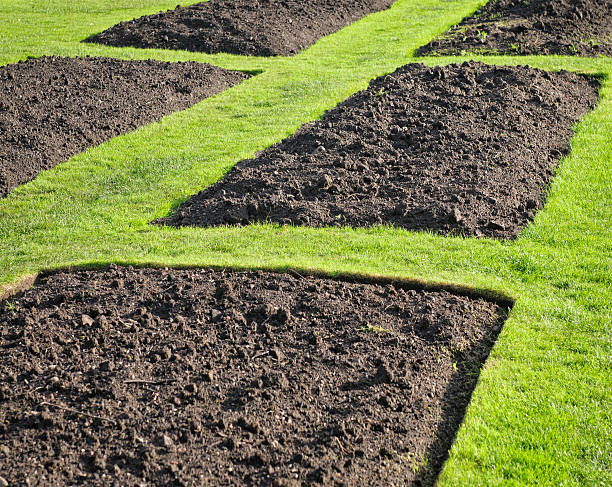How Many Feet Are in 100 Yards?
This post contains affiliate links. This means I will make a commission at no extra cost to you should you click through and make a purchase. Read the full disclosure here.
When it comes to measurements, it’s essential to have a clear understanding of different units to ensure accuracy in various fields. One common conversion that frequently arises is the conversion between yards and feet. In this article, we will explore the relationship between yards and feet and provide you with the necessary information to answer the question: How many feet are in 100 yards?
Introduction
Measurement units are crucial for expressing quantities in a standardized manner. Yards and feet are both units used for measuring length in the customary system of units, primarily used in the United States. Understanding their relationship is valuable for a wide range of applications, such as construction, sports, and daily life.
Understanding Measurement Units
Before we delve into the specific conversion factor between yards and feet, let’s have a brief overview of these units.
Yards: A yard is a unit of length equal to 3 feet or 36 inches. It is symbolized by the abbreviation “yd” and commonly used for measuring medium-length distances.
Feet: A foot is a unit of length equal to 12 inches or one-third of a yard. It is symbolized by the abbreviation “ft” and is often used for measuring shorter distances.
Conversion Factors for Yards to Feet
To convert yards to feet, we need to know the conversion factor between these two units. The conversion factor is a mathematical relationship that allows us to convert between different measurement units accurately.
Calculating Feet in a Yard
As mentioned earlier, there are 3 feet in 1 yard. This conversion factor is derived from the fact that a yard is defined as 3 feet. By multiplying the number of yards by 3, we can determine the equivalent number of feet.
How Many Feet Are in 100 Yards?
To determine how many feet are in 100 yards, we can use the conversion factor we established earlier: 1 yard = 3 feet. By multiplying 100 yards by 3 feet per yard, we can calculate the answer.
Step-by-Step Calculation
- Start with the number of yards: 100 yards.
- Multiply the number of yards by the conversion factor: 100 yards * 3 feet per yard.
- Calculate the result: 100 yards * 3 feet per yard = 300 feet.
Therefore, there are 300 feet in 100 yards.
Practical Applications of Yard to Feet Conversion
Understanding the conversion between yards and feet is beneficial in various practical scenarios. For instance:
- In construction projects, knowing how many feet are in a given number of yards is crucial for accurate measurements and estimations.
- In sports like football and soccer, where the field dimensions are commonly measured in yards, converting those measurements to feet helps players, coaches, and officials better visualize the distances involved.
- For homeowners who are redesigning their gardens or installing fences, knowing the yard-to-foot conversion is valuable for planning and purchasing the right amount of materials.
Conclusion
In conclusion, 100 yards is equivalent to 300 feet. By understanding the relationship between yards and feet and using the conversion factor of 1 yard equals 3 feet, we can confidently convert between these two units of length. This knowledge is useful in various fields, including construction, sports, and everyday life, where accurate measurements and conversions are essential.
FAQs
How do you convert yards to feet?
To convert yards to feet, multiply the number of yards by the conversion factor: 1 yard = 3 feet.
How many feet are in a yard and a half?
Since there are 3 feet in a yard, a yard and a half would be equal to 4.5 feet.
Is a yard bigger than a foot?
Yes, a yard is larger than a foot. There are 3 feet in a yard.
How many feet are in a mile?
There are 5,280 feet in a mile.
Can you use the yard-to-foot conversion for any length unit?
No, the yard-to-foot conversion factor specifically applies to the relationship between yards and feet. For other length units, different conversion factors would be required.













